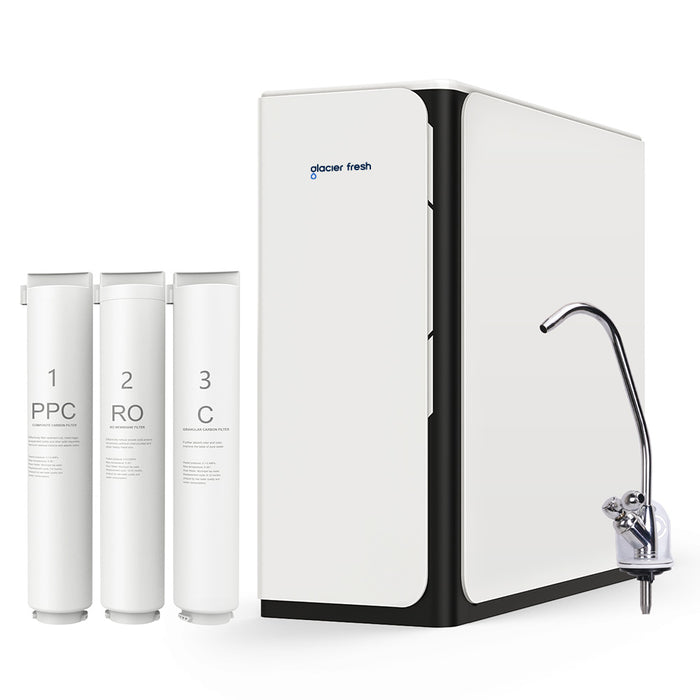In today's world, ensuring access to clean and safe drinking water is more critical than ever. One effective solution for achieving this is the RO system, or reverse osmosis system. This article aims to provide a comprehensive understanding of how RO systems function and the benefits they offer to households globally.

What is an RO System?
The RO system is a water purification technology that utilizes a semipermeable membrane to remove impurities from water. This process is essential for eliminating contaminants such as salts, bacteria, and other harmful substances. But how does this technology work?
How Does an RO System Work?
At its core, the RO system operates through a multi-step filtration process. Here’s a breakdown of the key stages:
- Pre-filtration: Water first passes through pre-filters that remove larger particles like sediment and chlorine, which can damage the RO membrane.
- Reverse Osmosis: The water is then forced through the semipermeable membrane under pressure. This membrane allows only water molecules to pass while blocking contaminants.
- Post-filtration: After the reverse osmosis process, the water may go through additional filters to enhance taste and remove any remaining impurities.
- Storage: Finally, the purified water is stored in a tank, ready for use.
Benefits of Using an RO System
Investing in an RO system can provide numerous advantages for households. Here are some of the most significant benefits:
- Improved Water Quality: RO systems effectively remove up to 99% of contaminants, ensuring that the water you drink is clean and safe.
- Better Taste: By eliminating impurities, RO systems enhance the taste of drinking water, making it more enjoyable.
- Cost-Effective: While the initial investment may seem high, the long-term savings on bottled water and health-related expenses can be substantial.
- Environmental Impact: Using an RO system reduces the reliance on bottled water, contributing to less plastic waste.
Are There Any Drawbacks?
While the RO system offers many benefits, it is essential to consider potential drawbacks. For instance, RO systems can waste a significant amount of water during the filtration process. However, modern systems are designed to minimize this waste. Additionally, some essential minerals may also be removed during filtration, which can be addressed by remineralization filters.
Conclusion
In summary, the RO system is a powerful tool for ensuring access to clean and safe drinking water. By understanding how these systems work and their benefits, you can make informed decisions about your household water treatment needs. Whether you are concerned about contaminants or simply want better-tasting water, an ro system may be the solution you need.






